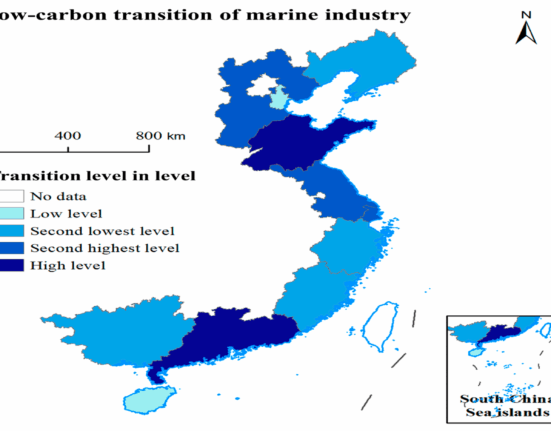The UK’s high electricity prices have become a hot topic, with debates swirling around the reasons for soaring energy bills and strategies to lower them. The spike in prices was triggered when Russia halted gas exports to Europe amidst its invasion of Ukraine in 2022. Gas prices surged globally, impacting the UK where gas sets wholesale power rates most of the time and remains three times more costly than pre-crisis levels.
Some blame “green levies
” for expensive electricity, but industry experts like Dhara Vyas emphasize that the primary driver is the price of gas. Vyas underscores, “
It’s crystal clear what has driven bills up in the UK…it’s the wholesale costs, driven by the price of gas.
”
The reliance on gas for power generation exposes the UK to volatile international markets. Prof Rob Gross notes, “
We are particularly exposed to gas prices…That’s the principal driver of our [electricity] prices.” As a result, despite efforts to shift towards cleaner energy sources and reduce greenhouse gas emissions, high gas prices continue to dominate electricity costs.
Moreover, rising network charges further contribute to escalating electricity bills. These charges have increased significantly since before the global energy crisis. Part of these hikes is attributed to managing grid constraints due to high gas prices impacting grid balancing costs.
Efforts are underway to explore ways to cut electricity bills amid ongoing market reforms like REMA (Review of Electricity Market Arrangements). There is heated debate about transitioning from national wholesale pricing to zonal pricing as a means to decouple electricity rates from volatile gas prices.
In parallel, discussions focus on how achieving clean power targets by 2030 could impact household bills positively in the long run. Despite differing political stances on climate goals and energy strategies, experts agree that transitioning towards clean energy systems will ultimately lead to more stable and potentially lower energy costs over time.
As various stakeholders navigate these complex dynamics shaping UK’s energy landscape—balancing economic considerations with environmental imperatives—the future trajectory of electricity pricing remains intertwined with policies supporting clean power transitions and mitigating risks associated with volatile global markets.









Leave feedback about this